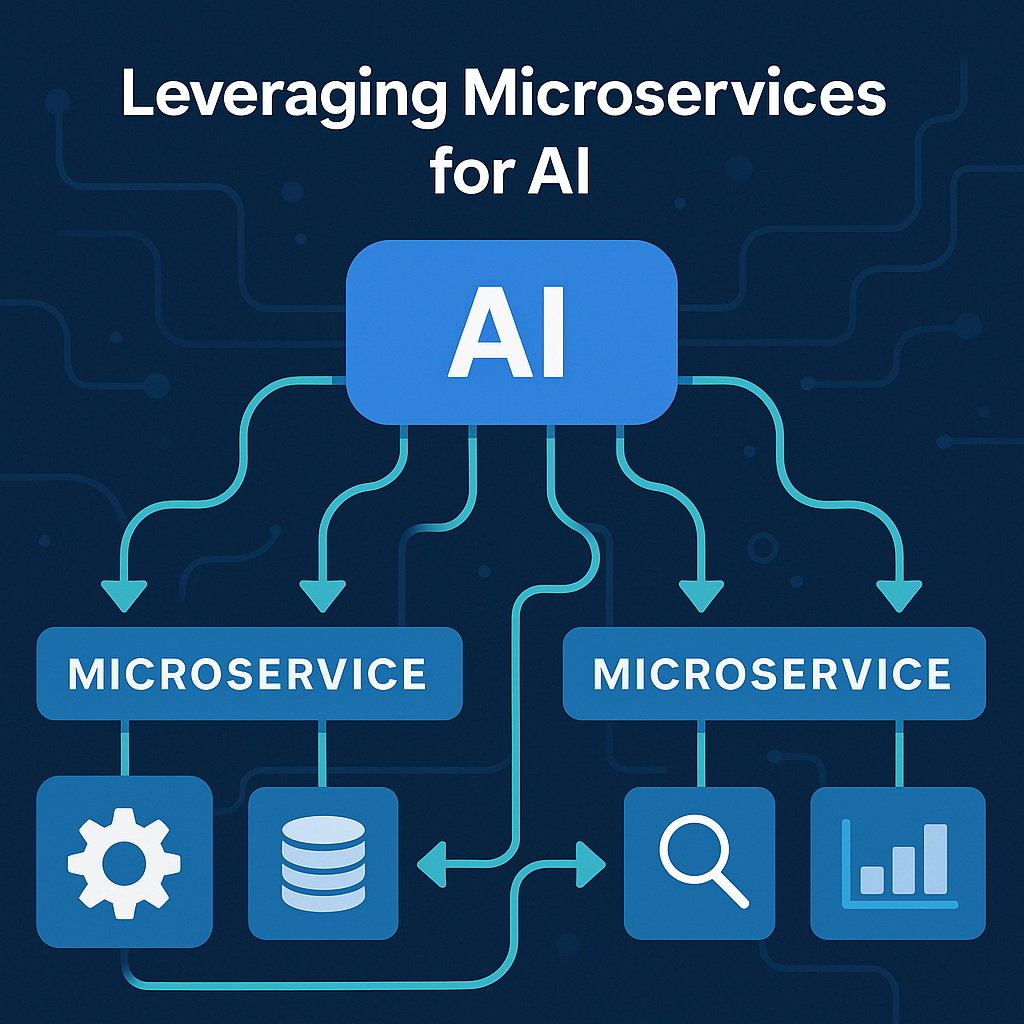Over the past year, I’ve been building internal AI agents to support technology operations—from recruiting workflows to onboarding automations. The goal wasn’t just to automate tasks, but to create systems that adapt and scale. That’s when it became clear: agents built in isolation can’t keep up.
What solved it? Microservices.
AI doesn’t reduce complexity—it reveals it. And without the right architecture, even the smartest agent becomes fragile.
Microservices gave us
- Reusable components across teams (messaging, approvals, permissions)
- Safe, independent deployments that don’t break other features
- A scalable foundation that grows with the business
The bigger insight? Once those services were in place, everything pointed toward a new pattern—drag-and-drop workflow builders.
When you pair modular architecture with LLMs, you’re not just writing code—you’re building a system others can extend visually. It’s easy to imagine a future where sales, recruiting, or HR leaders design intelligent workflows without writing a single line of code.
AI is driving us toward this model, where microservices become the foundation and no-code interfaces become the toolset.
This isn’t just a technical shift—it’s a product shift. And it’s already happening.
